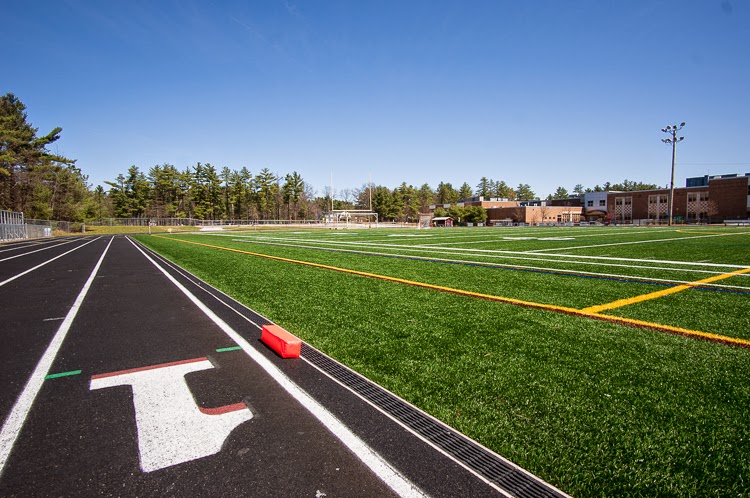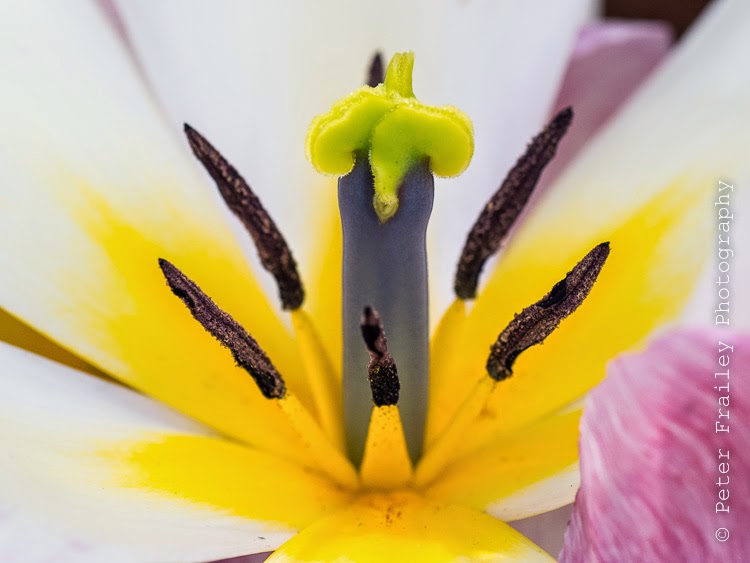[This is my third post on the Rokinon 12mm F2.0 lens for Sony NEX]
One of the first things I noticed as I walked around my house and yard taking pictures the other day with this lens on a Sony NEX-6, is that it is really difficult to selectively focus.
The problem ( well, more of a reason than a problem) is the h-u-g-e depth of field of this ultra wide angle lens. It seems to me that everything is in focus. Selective focusing with narrow apertures, like F8 or F11, is especially problematic. The resolutions of the EVF and LCD are not sufficient for manual focusing without using the focus peaking feature, in my opinion. This is partly due to the characteristics of wide angle lenses, which have everything appearing farther away (and therefore smaller). Sometimes I use both focus peaking and magnification.
I have found that the best way to successfully focus selectively (i.e. focus on a single spot) is to use F2, where depth of field is least, and then turn the aperture dial to your desired F-stop prior to pressing the shutter.
This huge depth of field comes with the territory. Just look at the chart below from DOFMaster.com. As an example, at F8 the hyperfocal distance is 3 feet! This means that if you focus at 3 feet, everything from 1.5 feet (half of the 3 foot focusing distance) to infinity will be in [reasonable] focus.
[Go to the DOFMaster Website and print out some tables for your lenses and cameras. There's a cool calculator, too. I have it on my computer. Also, I have the app for my iPhone. The Web site has a direct link to the iTunes App store. The Web site indicates that soon there will be an app for Androids, too.]
 |
| See the prior paragraph about dofmaster.com This table works for a 12mm focal length lens on a Sony APS-C sensor. |
A lightbulb went off
At some point the other day I asked myself, "if everything is in focus, why bother trying to focus?" Look at the table above. See what happens if I simply set the manual focus at 12 feet. The shallowest DOF is at F2 (this lens doesn't have F1.4 so you can skip that column in the table), where everything is in focus from 6 feet to infinity. DOF increases as I stop down the lens, arriving at 2 feet to infinity at F11. I didn't go any further than that, but this lens has settings up to F22.
So... no matter what F stop you pick, if you set the focus ring at 12 feet, everything will be in focus from, at a minimum, 6 feet to infinity.





































